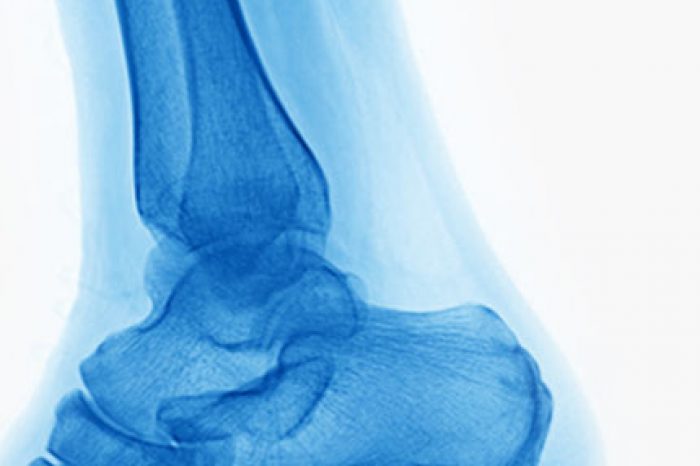
Tendon injuries, or tendinopathy are common, especially in relation to sports and occupation. Our understanding of tendinopathy has evolved. Initially, tendons can be injured or overused and go through a short inflammatory stage. If pain persists, it may be a sign that the tendon has been damaged and the tendon has entered a chronic degenerative phase.
In chronic cases, conservative and even surgical management of tendinopathy is not always successful. New treatment modalities have been developed including shockwave therapy (ESWT), and there is strong evidence for the effectiveness of ESWT for chronic tendinopathy (Chung et al, 2002).
Shock waves are not electrical shocks. They are pressure waves generated through various mechanisms.
There have been studies examining the effectiveness of shock wave therapy, but despite the clinical success of the treatment the mechanism of action of ESWT remains unknown. In 1997, Haupt proposed 4 possible mechanisms of action, and through stimulating the tissue through shock waves complex cell signaling pathways are activated producing a biological response (Haupt, 1997). This cascading response improves the healing process and stimulates tissue regeneration by increasing regional blood flow and through direct effects on the cells (Khan & Scott, 2009; Vetrano et al, 2011).
There are 2 types of shockwave treatments, focused shockwave therapy (FSWT) and radial shockwave therapy (RSWT). Shockwave treatments are not covered by most insurances. Radial shockwave therapy is relatively new and has made shockwave therapy more affordable and more widely available.
Until now, few studies have directly compared the effectiveness of FSWT and RSWT. In a recent study, patients with plantar fasciitis and treated with radial shockwave therapy or a combination of radial and focused shockwave therapy demonstrated similar improvement (DeLuca et al, 2021). Similarly, in another study assessing Achilles tendinopathy functional improvement (as measured using the Victorian Institute of Sports Assessment-Achilles) found no difference between radial therapy and a combined treatment with functional improvement seen in both groups (Robinson et al, 2022).
Typically, patients can return to sport and daily activity within 24 hours of a treatment. In most cases it can take a few months to see sustained benefit from shockwave treatments.
Extracorporeal shock wave therapy (ESWT) is a safe therapy and there are only a few side effects known (such as pain during the treatment and minor haematomata), but no severe complications are to be expected if it is performed as recommended.
Schedule a Consultation to See if you are
a Candidate for Shock wave therapy @
Boston Sports & Biologics
20 Walnut St. Suite #14
Wellesley MA 02481
(781) 591-7855
For patients with chronic adductor longus tendinopathy, a newer option is emerging: ultrasound-guided tenotomy using the Tenex system. Recent clinical evidence suggests this minimally invasive approach may effectively
Read MoreAdductor longus selective tenotomy is a modern surgical treatment for chronic groin pain that offers faster recovery and better outcomes than traditional full release surgery. The adductor longus, an inner thigh
Read More